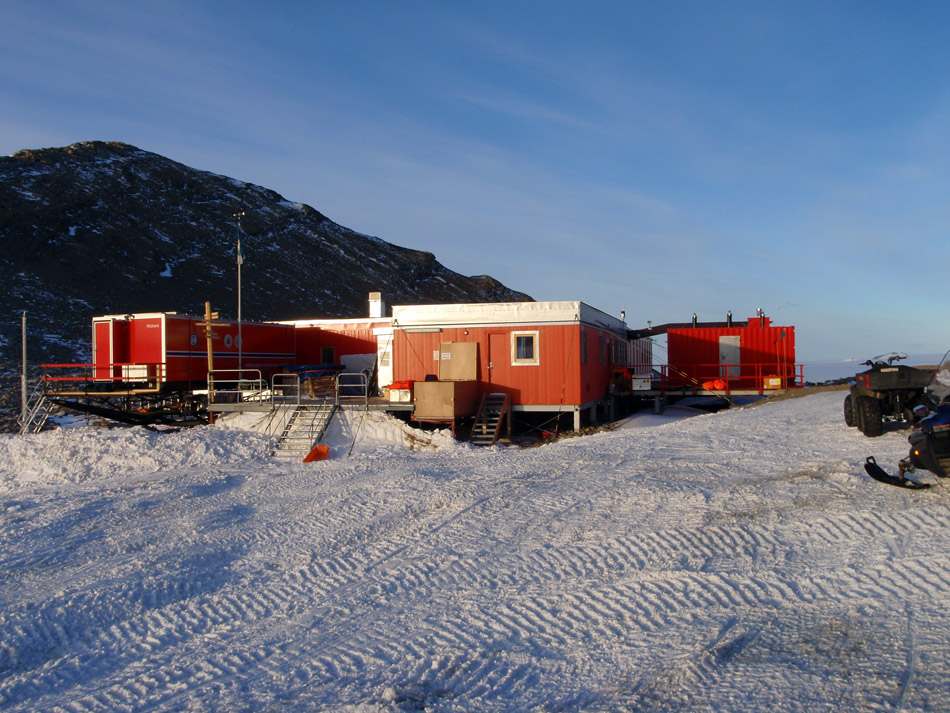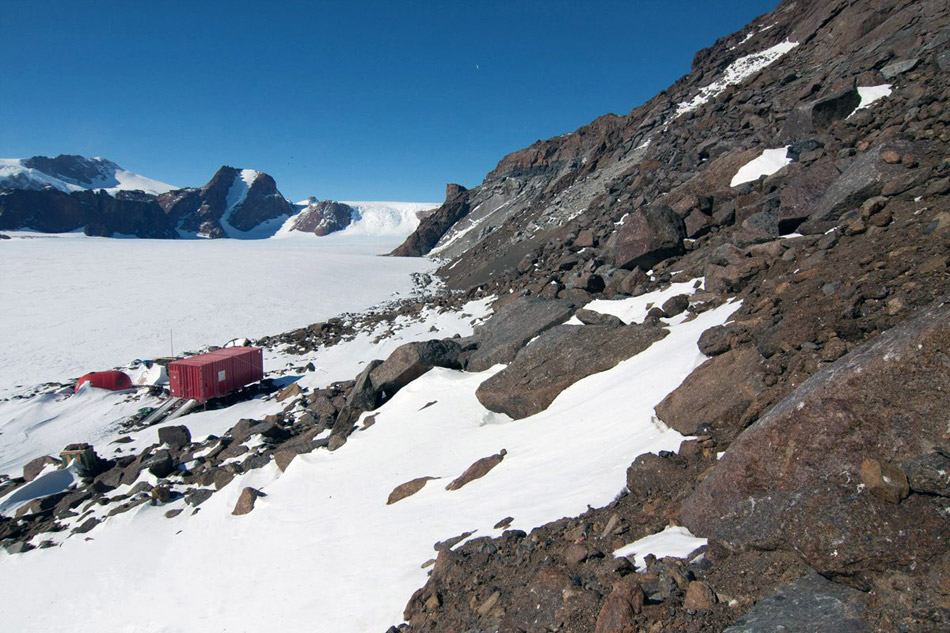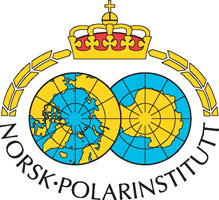 Norway
in Antarctica
Norway
in Antarctica
The History
and Activity of Norwegians in the Antarctic
Norway has one of the longest and most involved histories in Antarctica of any country. Norwegians took part in many of the expeditions of the Heroic Age 1898-1922, and it was Norwegians who first reached the South Pole. Norway also provides some of the most compelling stories from the Heroic Age and was a leading light in the International Geophysical Year, IGY 1957-58, leading to the Antarctic Treaty.
Current activity
Norwegian Polar Institute - 1928 - present. https://www.npolar.no/en/
|
Research Station and position |
Summer staff | Winter staff | Occupied | Use |
| Tor, Dronning
Maud Land 71°53'S, 005°09'E |
4 | n/a | 1985 - present | Summer only |
| Troll, Dronning
Maud Land 72°00.12'S, 002°32.03'E |
40 | 7 | 1990 - present | Year round since 2005 |
The icebreaker Kronprins Haakon, delivered in 2018 is used in both the Arctic and Antarctic.
Early explorations and sightings, pre 1898
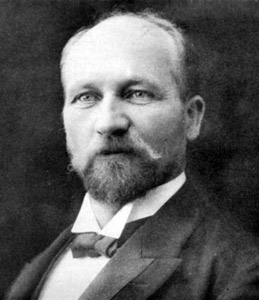
![]() 1892-1893 and 1893-1894 - Larsen - Jason
1892-1893 and 1893-1894 - Larsen - Jason
First and Second Norwegian Expeditions
During an expedition to the eastern side of the Antarctic Peninsula Carl Larsen discovered what was to be called the Larsen Ice Shelf and a number of other new geographical features. He was the first person to ski in Antarctica and the first to discover fossils there.
In 1904 Larsen settled on the sub-Antarctic British island of South Georgia where he founded the first whaling station in Antarctica and began a new era of southern whaling based on catching fast swimming rorquals with fast steam powered catcher boats and explosive harpoons.
Heroic Age Expeditions 1898-1922
As a small country, Norway was not really in a position at this time to launch official Antarctic Expeditions and as country that has a significant proportion within the Arctic Circle it was more natural for the state to look to the north rather than the south.
This was not necessarily the case for individual Norwegians, experience in sailing ships in the Arctic, in survival in a frozen land and knowledge of skiing and dog sledding meant that the skill sets of many Norwegians made them ideal additions to many crews of expeditions to Antarctica.
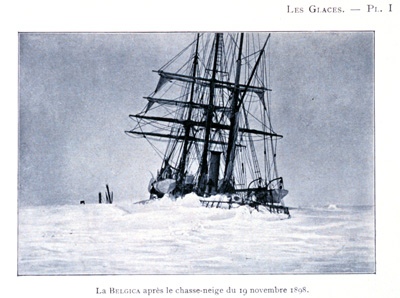
![]() 1897-1899 - de Gerlache - Belgica
1897-1899 - de Gerlache - Belgica
Belgian
Antarctic Expedition
Roald Amundsen was 1st Mate on this the first expedition to overwinter in Antarctica, there were 5 other Norwegian sailors in the crew.
There is some contention over whether the leader de Gerlache intended to over winter or not, if he did, he didn't inform anyone else of the plan. A young Norwegian sailor Carl Wiencke lost his life at sea on the way south, his loss was taken hard on a ship already ill at ease. By the time the ship reached Antarctica it was undermanned and the crew of several nationalities far from united. The winter was very difficult, the crew were not expecting to be trapped in Antarctica, they were uncomfortable, unoccupied and not properly nourished, early in the winter another man died of a heart condition made worse by the conditions. Amundsen and American Frederick Cook took command after de Gerlache and the ships captain both took to their beds and made their wills. By ensuring all the crew ate fresh meat to combat scurvy and by arranging complex games to occupy the time, the men were brought through the winter. While there were no further fatalities, a number of the crew suffered from mental illness during the winter.
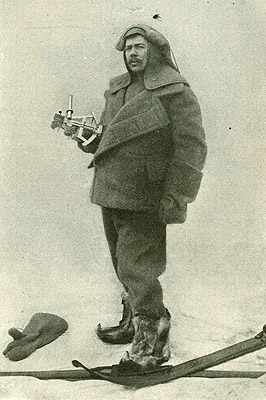
![]()
![]() 1898-1900 - Borchgrevink - Southern
Cross
1898-1900 - Borchgrevink - Southern
Cross
British
Antarctic Expedition
Led by Anglo-Norwegian Carsten Borchgrevink and with a mostly Norwegian crew with just three British members.
The expedition was financed by a wealthy London publisher and so was called the British Antarctic Expedition. The ship landed men at Cape Adare in the Ross Sea and built two huts, this was the first time that anyone had wintered on the Antarctic landmass, believed by some historians to be the first confirmed landing on continental Antarctica. It was first thought that Borchgrevink's descriptions of the weather during the winter were exaggerated, following the wintering at the same place in 1911 by Scott's Northern Party they were reassessed to be somewhat understated.
The expedition made many scientific observations and discoveries, many first landings were made in a number of locations, they achieved a new farthest south at 78° 50' and had discovered a way of gaining access to the Ice Barrier that would be later be used by Amundsen on his journey to the South Pole.
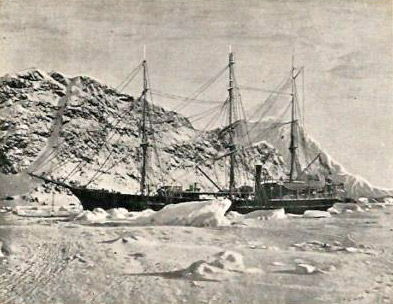
![]() 1901-1904
- Nordenskjold - Antarctic
1901-1904
- Nordenskjold - Antarctic
Swedish Antarctic Expedition
Funded by private contributions, this expedition led by a Swedish geologist had four Swedish scientists and a largely Norwegian crew including Carl Larsen the captain who had commanded the Norwegian ship Jason on previous expeditions.
A wintering party of six men was left with a hut and dog team at Snow Hill Island off the Antarctic Peninsula, after the winter no relief ship came leading to a second winter where penguins, seals and other birds were used for food and fuel.
The ship Antarctic had in fact returned at the end of the first winter but could not reach the men due to heavy sea ice, three men had been put ashore at Hope Bay to fetch the winterers the 200 miles to the ship, but they too had to endure a winter when the ship failed to return to collect them. Shortly after dropping the three men at Hope Bay, the Antarctic had been trapped and then crushed and sunk by sea ice. The crew managed to get to shore with many provisions and built a hut on Paulet Island where they overwintered. All the men of these three separate groups (apart from one sailor who had become ill and died during the winter) were rescued by the Argentinian naval ship Uruguay sent to rescue the Antarctic when it had failed to return to South America. They all either went to Snow Hill Island, the only place anyone would know to look or sent a group there in the case of the crew at Paulet Island where the Uruguay arrived to an ecstatic reception.
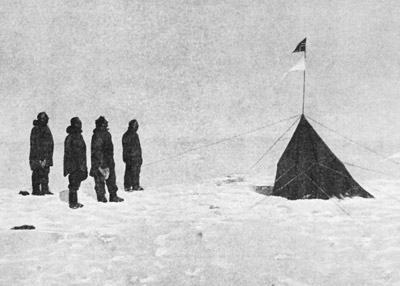
![]() 1910-1912 - Amundsen - Fram
1910-1912 - Amundsen - Fram
Norwegian South
Pole Expedition
Roald Amundsen had originally wanted to be the first man to reach the North Pole and prepared an expedition to do so using Nansen's ship, the Fram. After Peary and Cook separately claimed to have reached the North Pole it looked like Amundsen's preparations were to come to nothing. Instead he planned to be the first to reach the South Pole, aware that Robert Scott was at the same time doing the same as part of an extensive scientific and exploratory expedition. Amundsen unilaterally declared a "race to the pole" which was his only objective allowing him to focus on this alone.
The first attempt to reach the pole leaving from "Framheim" the winter quarters at the Bay of Whales in early September 1911 ended in a retreat in disarray, the second leaving in mid October was sucessful
Four sledges with 52 dogs set out from "Framheim" on the 19th of October 1911, dogs were killed along the way to provide food for the remaining dogs and team of five men. Roald Amundsen, Olav Bjaaland, Helmer Hanssen, Sverre Hassel, and Oskar Wisting became the first group to reach the pole on the 14th Of December 1911. They returned to Framheim on the 25th of January 1912 with 11 surviving dogs. Amundsen announced his success to the world by a telegram sent from Hobart, Australia on the 7th of March 1912. His careful planning, preparation and repeated practice at dog driving, skiing and survival in an extreme cold climate led to his success.
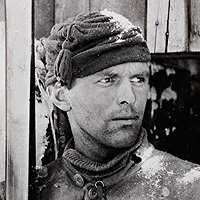
 1910-13 - Scott - Terra Nova
1910-13 - Scott - Terra Nova
British
Antarctic Expedition
Norwegian Tryggve Gran was taken to Antarctica by Robert Scott as a ski expert on what was to become Scott's last expedition when after reaching the south pole about a month after Roald Amundsen, Scott and his four companions all died on the return journey.
Gran was involved in the preparations for the polar journey by laying food and fuel depots. He requested of Scott that he be assigned a different role during the actual attempt on the pole so as not to face the conflict of interest that being in direct competition with his countryman Amundsen would place him. Instead he spent three months supporting a geological expedition. Following the second winter, he was part of the search party that found the final camp and bodies of the South Pole Party. He took off his own skis and left them as a marker of Scott's final camp, taking Scott's own skis for the return to the expedition base so that at least the skis had made the whole journey.
Exploration Scientific Bases and Research after 1922
![]() 1927-1937 - Christensen
1927-1937 - Christensen
Several privately financed exploratory expeditions
Wealthy shipowner and whaling magnate, Lars Christensen had a long standing interest in Antarctica and its wildlife. Shackleton's ill fated ship Endurance had originally been built for Christensen who had intended it for tourist use in the Arctic. He owned a number of ships that sailed in Antarctic waters and gave his captains a degree of freedom to make geographic discoveries. He financed a number of expeditions taking part in some of them himself, accompanied by his wife in the last one in the 1936-37 season. He was an early pioneer of aviation in Antarctica and took a seaplane which was used to survey the Weddell sea coast of the Peninsula, his wife Ingrid was the first woman to fly in Antarctica.
![]()

![]() 1949-1952
- Norwegian-British-Swedish Antarctic Expedition
1949-1952
- Norwegian-British-Swedish Antarctic Expedition
A Swedish led two year long expedition to Dronning Maud Land, an area that had only previously been photographed from the air and not explored on the ground. An overwintering team of 15 supported by 60 sled dogs and 3 weasels (tracked vehicles for travel over snow) pursued a programme of exploration and surveying along the coast and deep inland. Seismic surveys showed for the first time the complex mountainous terrain that lay beneath the covering of ice. This was in the region where the current Norwegian Tor and Troll bases were later to be built.
Territorial Claims
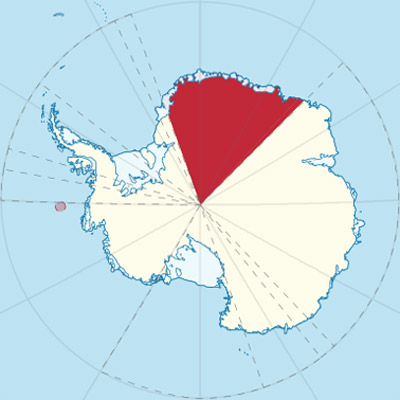 There
is a historical claim by Norway dating back to 1939 of an area
known as Queen Maud Land (Dronning Maud Land in Norwegian) between
20°W and 45°E and stretching as far north as 60°S,
about 1/6th of the whole continent. There is also a Norwegian
claim to Peter I Island about 450km (280 miles) off the western
side of the Antarctic Peninsula.
There
is a historical claim by Norway dating back to 1939 of an area
known as Queen Maud Land (Dronning Maud Land in Norwegian) between
20°W and 45°E and stretching as far north as 60°S,
about 1/6th of the whole continent. There is also a Norwegian
claim to Peter I Island about 450km (280 miles) off the western
side of the Antarctic Peninsula.Norway is one of seven nations that made a claim to land in Antarctica before the Antarctic Treaty of 1961, these being Argentina, Chile, the United Kingdom, France, Australia, New Zealand and Norway. The UK, France, Australia, New Zealand and Norway all recognize each other's claims, these are non-overlapping. The UK claim wholly includes the Argentinian claim and includes about half of the Chilean claim.
The Antarctic Treaty, Article IV § 2 states: "No acts or activities taking place while the present Treaty is in force shall constitute a basis for asserting, supporting or denying a claim to territorial sovereignty in Antarctica. No new claim, or enlargement of an existing claim, to territorial sovereignty shall be asserted while the present Treaty is in force".
So the Antarctic Treaty does not suspend or defer existing claims, though it does state that:
- No activities occurring after 1961 can be the basis of a territorial claim.
- No new claim can be made.
- No claim can be enlarged.
Territorial claims have been effectively suspended since 1961.
Image credits: Troll station picture courtesy Islarsh, used under CC BY SA 3.0 licence / Tor station picture courtesy Stein Nilsen, used under CC BY SA 3 licence / Claim map used courtesy TUBS, used under CC BY-SA 3.0 licence

